COME AND JOIN CHESTER’S CITY NATURE CHALLENGE 2025!
People in over 400 cities across the globe will be observing and recording nature around them 25 – 28 April.
It’s easy to get involved: scan the QR code below for more information and to download the iNaturalistapp. Then take a wander in your park to record any trees, plants, fungi and creatures you see or hear!
Volunteers will be by the cafe in Westminster Park on Saturday 26 April, 10am – 3pm, to guide and advise.
There will be short guided walks to the habitats at 11am and 2pm.
(Children must be with a parent or guardian)
All posts by Sue Britton
Cafe Terrace Refurbishment
We anticipate the first phase of work will commence at the end of March. Donations are still welcome to Friends of Westminster Park account 32686994, sort code 60-40-08. Thank you to everyone who has contributed.
Annual General Meeting – Monday 7 April 2025 at WPCC 20.00
Secretary: Sue Britton, 24 Lache Lane Chester CH4 7LR
Our FoWP Annual General Meeting will be held at 8.00pm on Monday, 7 April 2025 at Westminster Park Community Centre, Five Ashes Road, Chester CH4 7QS
Cafe Terrace Project
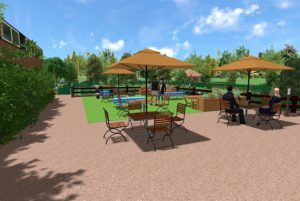
Apple Pressing
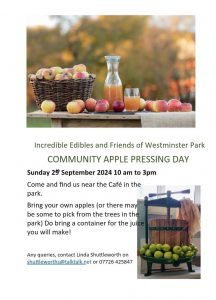
FoWP at WP Summer Fun Day
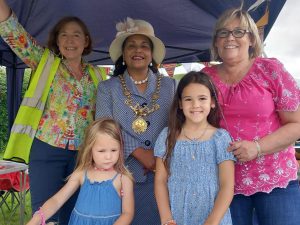
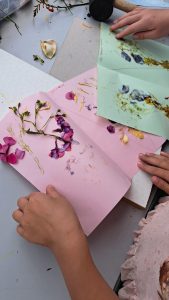
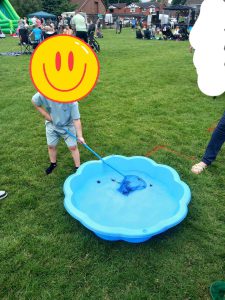
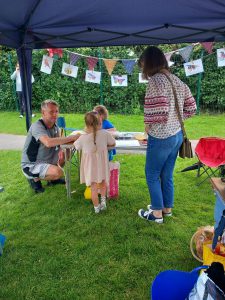
Thanks to our volunteers for hosting a stall at the WP Fun Day. The Lord Mayor visited and the children had a brilliant time…..
Signage and Wildlife
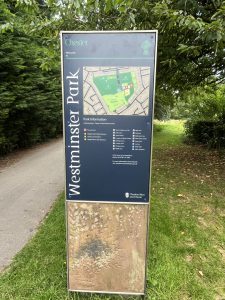
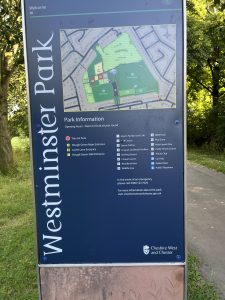
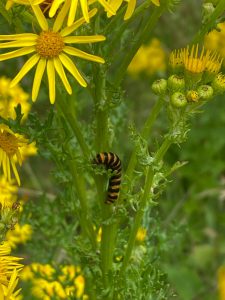
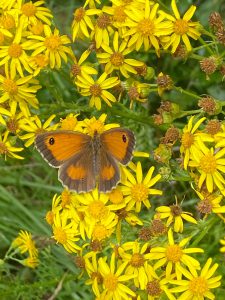
We are pleased to see new signage at the Lache Lane and Cliveden Road entrances.
Also look at the wildlife – Cinabar moth caterpillar and gatekeeper butterfly.
Bring on the butterflies
|
Whether you have one pot or a large plot, follow our top tips below for creating a Wild Space to attract butterflies and moths ready to start counting. The count will take place from Friday 12th July and run to Sunday 4th August 2024. Butterflies and moths need places to feed, breed and shelter. Give them a reason to visit your outdoor space by providing what they need to do one or all of these things! Feed: The number one way to bring butterflies and moths into your Wild Space? Provide them with the things they love to eat. Great sources of nectar include flowers like Scabious, Lavender, and Verbena bonariensis. You can also try adding herbs like Rosemary, Thyme and Marjoram, or climbers like Honeysuckle and Jasmine. Plant them in a border in bigger spaces or add to pots or window boxes if room is limited. Even one pot can make a difference! Breed: Butterflies and moths like to lay their eggs on or near the plants that their caterpillars like to eat. To attract them to your Wild Space, add some caterpillar favourites like Ivy, Nasturtiums, and Bird’s-foot-trefoil, or just let a patch of grass or nettles grow – nettles are the foodplant of Red Admirals, Small Tortoiseshells, Commas and several other species! Shelter: Adult butterflies and moths and their caterpillars need places to shelter to protect them from the elements and to help them avoid predators. If you’ve got a large space, like a garden, create a log pile using old branches, sticks and leaves. Or, if you’ve got a smaller space, like a balcony, try adding Ivy in a trellis planter or create a mini log pile on a tray for easy maintenance. Don’t have a Wild Space? Don’t worry – you can still take part in the Big Butterfly Count! Head out to your local park, green space, or even find an un-mown verge and spend 15 minutes counting what you see. |
| Take part in the Big Butterfly Count |
Green Day Mini Golf & Cafe Opening
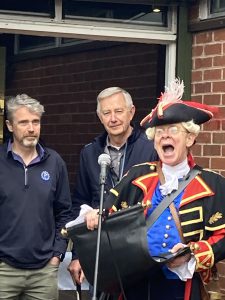 Ken Brown officially opened the
Ken Brown officially opened the 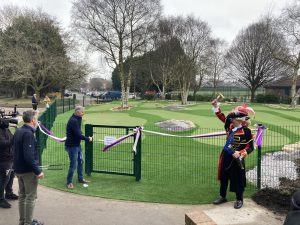 new mini golf.
new mini golf.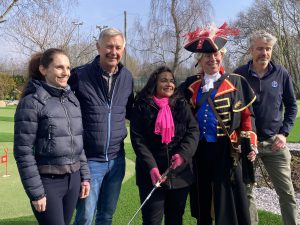 The Town Crier,
The Town Crier,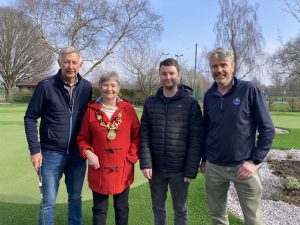 Lord Mayor and
Lord Mayor and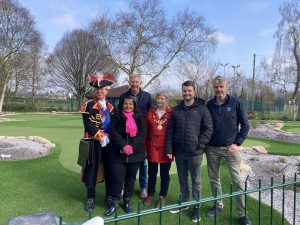 local Councillors,
local Councillors,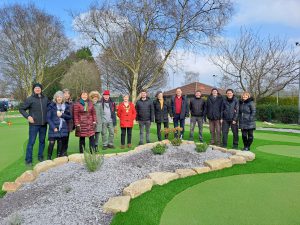 FoWP volunteers
FoWP volunteers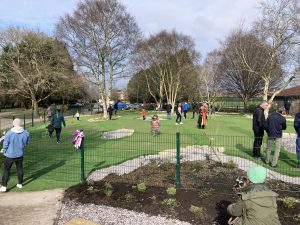 were all invited.
were all invited.
FoWP Annual General Meeting
Our AGM will be held at Westminster Park Community Centre on Monday 19 February 2024 at 20.00. All welcome.
